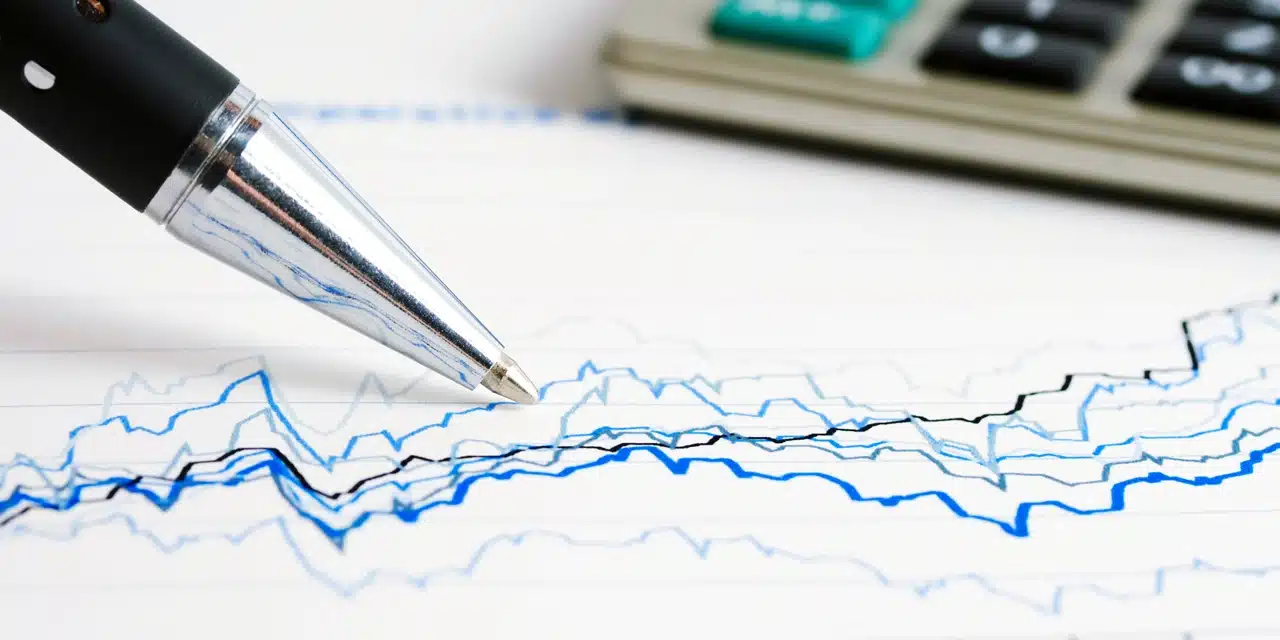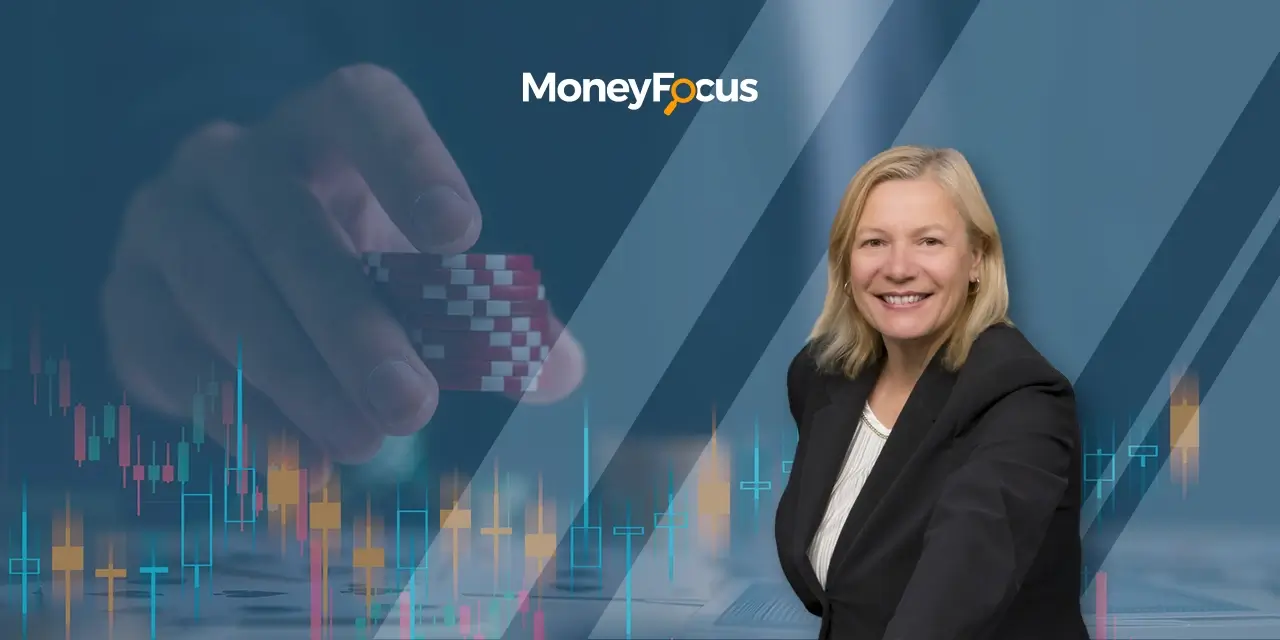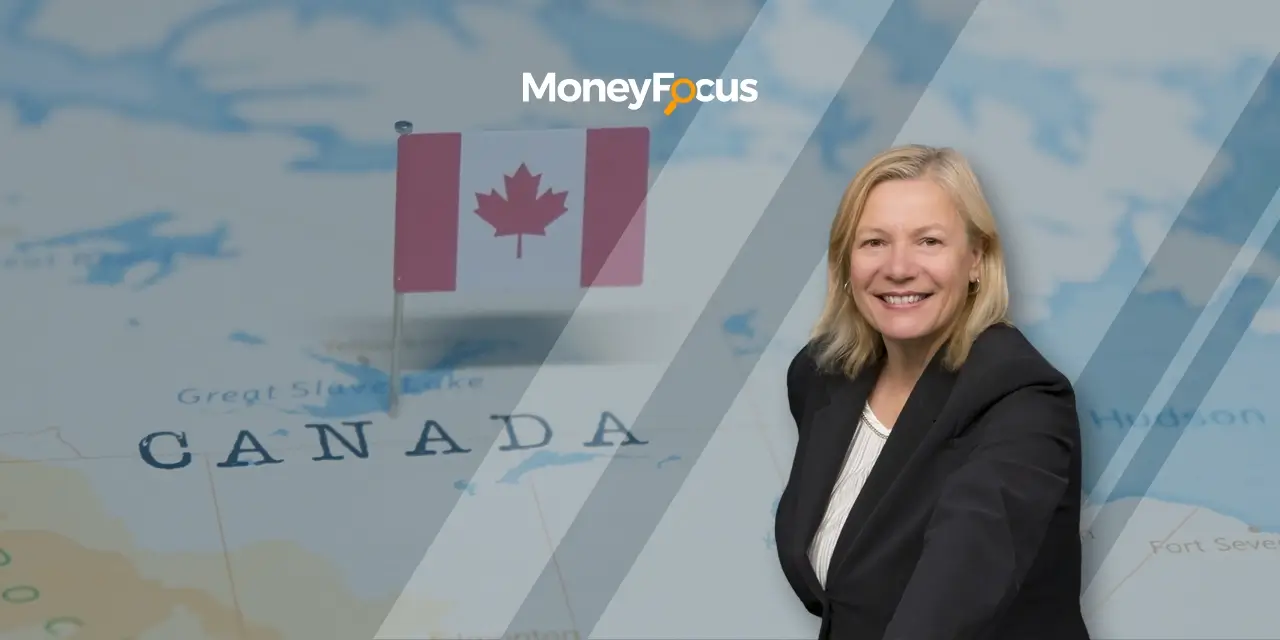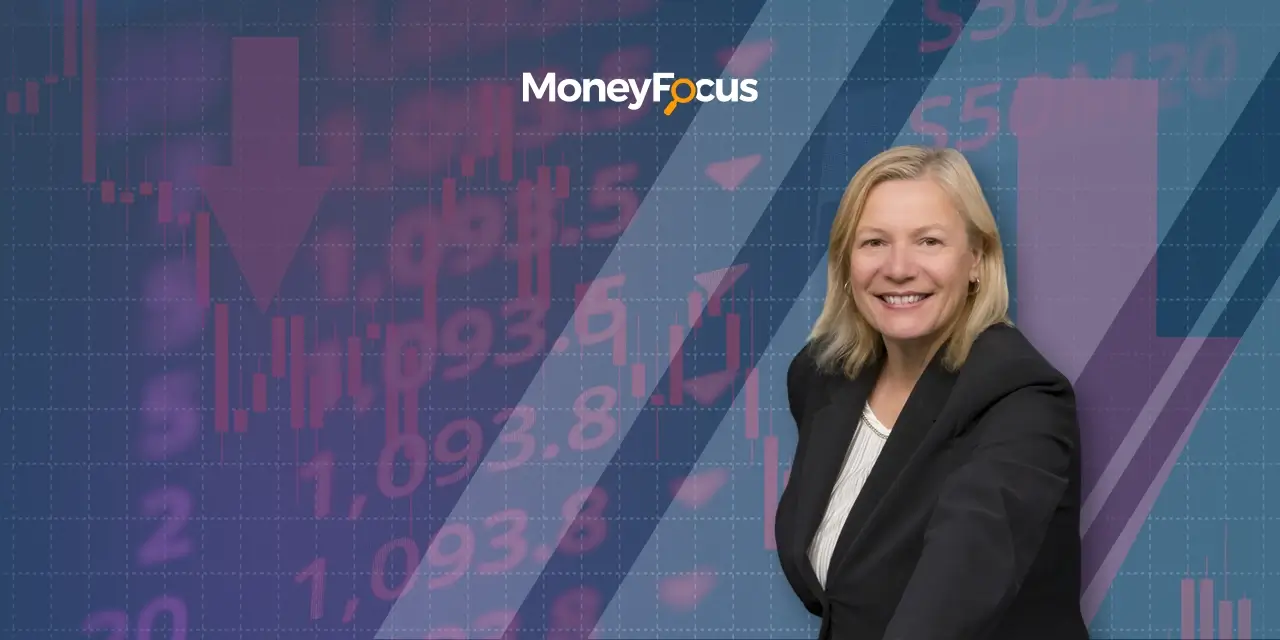By Ambrose O’Callaghan
When Should You Invest in Bonds?
Bonds were viewed as a conservative, even boring, asset class coming into the latter half of the 2000s. However, the 2007-2008 financial crisis changed that viewpoint. Bonds significantly outperformed stocks over the course of the crisis, illustrating the value of these fixed income vehicles as a portfolio hedge. In this piece, we will explore when to buy bonds. Moreover, we will look at how interest rates affect bonds and whether making an investment in bonds when interest rates are high is a good idea. Let’s jump in.
How to pick bonds to invest in
What is a bond, anyway?
A bond is a fixed-income instrument that represents a loan made by an investor to a borrower. That borrower is typically represented by a corporate or a governmental entity. The bond that is issued by a government or a corporation generally pays a stated rate of interest. When you purchase a bond, you are providing the issuer with a loan. The issuers then pay you back the face value of the loan on a specific date. Meanwhile, the issuer pays you periodic interest payments along the way. These are typically paid on a bi-annual basis.
There are several categories of bonds. Some of the most well-known include corporate bonds, municipal bonds, and government bonds.
As their name suggests, corporate bonds are issued by a corporation to raise cash. That financing may be needed for a variety of reasons, including to fund ongoing operations, mergers & acquisitions, or to expand the core business. A loss of the principal can occur when the borrower fails to repay a loan or fails to meet a contractual obligation.
Municipal bonds are typically issued by a nonprofit organization, a private-sector organization, or another public entity. These issuances aim to raise funds for municipal efforts like construction projects, schools, health centers, and roads.
Government bonds are debt securities that are issued by a government. These types of bonds aim to support government spending and obligations. These bonds can pay periodic interest payments that are called coupon payments.
Are bonds good to invest in?
The short answer is that bonds can be good to invest in. As always, their viability depends on macroeconomic conditions.
Inflation rates soared in the aftermath of the COVID-19 pandemic. In response, the United States Federal Reserve, the Bank of Canada, and central banks across the developed world moved to enact the most aggressive interest rate tightening policies in roughly two decades. The result has been devastating for bonds prices. On the other hand, traditional fixed-income instruments have come back into favour due to higher yields.
Should you buy bonds when interest rates are high?
High interest rates typically lead to lower bond prices. That has been the case in 2022 and 2023, as interest rates have climbed to the highest levels we have seen since before the 2007-2008 financial crisis. Investors who purchase bonds before the beginning of an interest rate tightening cycle could be throttled by the significant price reduction. On the other hand, investors who elect to purchase bonds at the end of an interest rate tightening cycle could have the opportunity to take advantage of low bond prices paired with higher fixed income yields. This functions in the same way a bear market in equities presents a historic opportunity for investors to add quality stocks for good value.
When is a good time to invest in bonds?
The US Federal Reserve and the Bank of Canada have both held steady in their recent rate meetings. For some experts and analysts, this portends the end of the current interest rate tightening cycle. Meanwhile, other experts and oddsmakers are projecting that central banks in both the US and Canada will look to decrease their respective benchmark interest rates early in 2024.
Purchasing a bond is a decision based on needs. Some of those may include the desire for a higher yield with a lower return risk compared to equity, the need to diversify one’s portfolio, or a need to generate stable cashflow. So, anytime could be a good time to buy a bond. It is based on your own investment needs. Currently, investors are wrestling with inflation and high interest rates. That has eaten into disposable income for Canadians.
Investors who are looking for ways to supplement that loss of income without exposure to high default and credit risk, may want to turn to bonds. Those seeking stability may want to seek out high quality-bonds that are safe, like US Treasuries and Government of Canada T-Bills. These fixed income products come with the full faith and backing of the US and Canadian governments. Moreover, with the volatility that is inherent in equities, investors may want to add stability to an equity portfolio by adding bonds to the mix.
There is a great need for income in the current climate. That means picking up a bond or a bond portfolio while yield is still high is not a bad idea. Moreover, there is an opportunity for investors who want to rake in income while also enjoying capital appreciation as interest rates come down. That opportunity looks to be at hand with the central banks looking to reverse course from their interest rate hiking cycle in 2024.
How does Harvest ETFs offer investors exposure to bonds?
Harvest ETFs has looked to take advantage of this environment with specific offerings. In September, Harvest ETFs launched the Harvest Premium Yield Treasury ETF (HPYT:TSX). That represented the company’s first foray into fixed income ETF products.
This exchange-traded fund (ETF) offers exposure to a portfolio of ETFs, which hold longer dated US Treasury bonds that are secured by the full faith of the US government. The ETF employs up to 100% covered call writing to bolster and maximize monthly cash flow.
Within just two months after hitting the market, HPYT ETF surged over $100 million in assets under management. And, in the three consecutive months following its inception unitholders have enjoyed receiving a monthly distribution of $0.1500 per unit, repeating part of the benefits of their investment in HPYT. We believe that the relative size of the distribution and along with Harvest ETFs’ record on making consistent monthly cashflow to unitholders seen with our other product offerings have contributed so far to what is a good story for HPYT and investors. This ETF came to the marketplace at the right time with the right ingredients that investors are and were looking for. Moreover, the price of the ETF has remained steady, which bodes well for investors looking add fixed income to their portfolios as well as existing unitholders. With the interest rate hiking cycle in pause mode and looking to reverse course in early 2024, this should result in the ETF appreciating in value. The HPYT ETF was trading at $11.99 per share in mid-morning trading on January 3, 2024, only one cent off its initial offering price of $12.00 per share.
On December 11, 2023, Harvest ETFs announced that it had filed a preliminary prospectus with Canadian securities regulators for the Harvest Premium Yield 7-10 Year Treasury ETF (“HPYM”) and Harvest Canadian T-Bill ETF (“TBIL”). HPYM is designed to provide Canadian investors with access to a portfolio of mid-term US Treasury ETFs that employs an active covered call strategy to provide monthly cashflow. TBIL is designed to provide investors with access to a low-risk short term portfolio of Canadian Treasury Bills to provide competitive monthly income.
Disclaimer:
Commissions, management fees and expenses all may be associated with investing in Harvest Exchange Traded Funds (managed by Harvest Portfolios Group Inc.). Please read the relevant prospectus before investing. The funds are not guaranteed, their values change frequently, and past performance may not be repeated. Tax, investment and all other decisions should be made with guidance from a qualified professional.
Certain statements included in this communication constitute forward-looking statements (“FLS”), including, but not limited to, those identified by the expressions “expect”, “intend”, “will” and similar expressions to the extent they relate to the Fund. The FLS are not historical facts but reflect Harvest’s, the Manager of the Fund, current expectations regarding future results or events. These FLS statements are subject to a number of risks and uncertainties that could cause actual results or events to differ materially from current expectations. Although Harvest, the Manager of the Fund, believes that the assumptions inherent in the FLS are reasonable, FLS are not guarantees of future performance and, accordingly, readers are cautioned not to place undue reliance on such statements due to the inherent uncertainty therein. Harvest, the Manager of the Fund, undertakes no obligation to update publicly or otherwise revise any FLS or information whether as a result of new information, future events or other such factors which affect this information, except as required by law.











